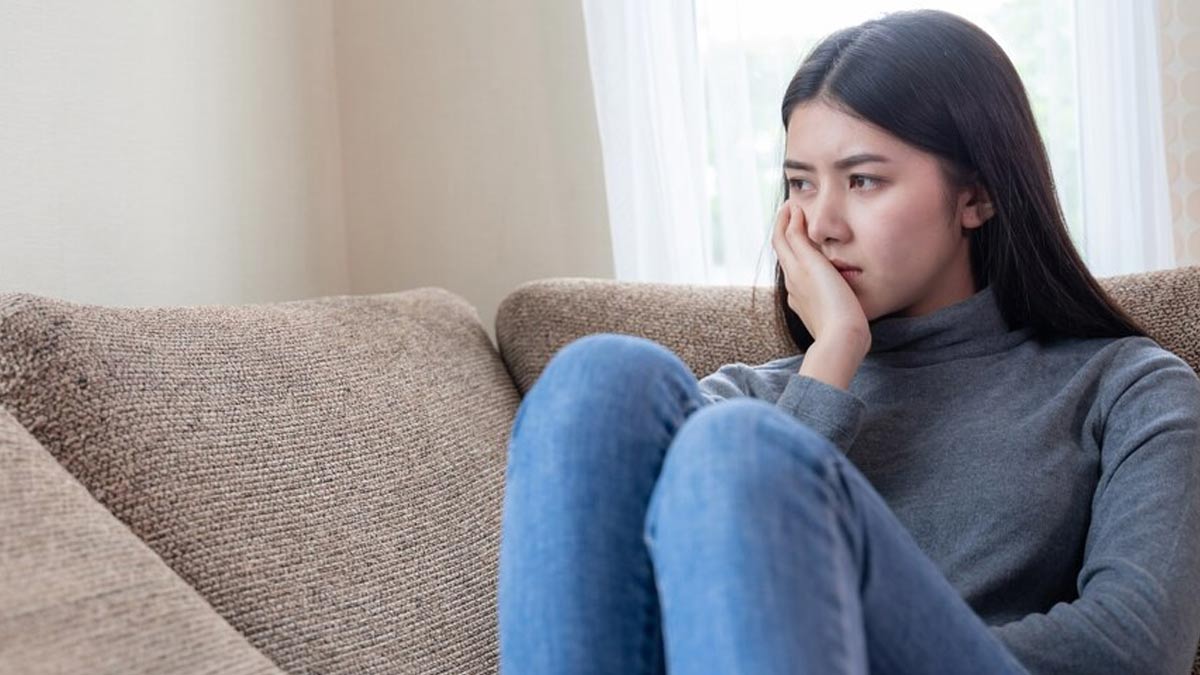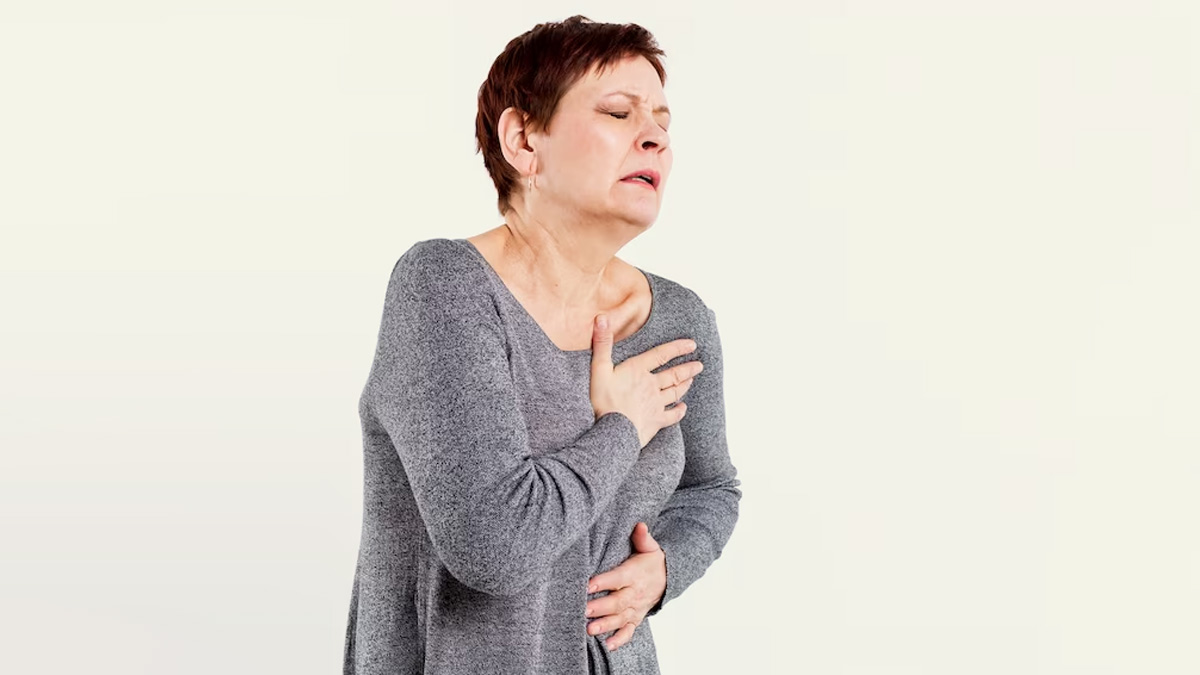
The subjective experience of a mismatch between one's desired and actual levels of social connectedness is known as loneliness, or ‘perceived social isolation’. “In contrast to social separation, which is a subjective feeling, loneliness is an objective measure of connectivity. It is commonly acknowledged that loneliness is a significant risk factor for sickness and early death; according to some estimations, having no social connections might increase one's chances of dying by up to 50%. The incidence of loneliness is concerning. In 2021, almost one-third of older persons in the United States reported experiencing loneliness regularly, according to World Health Organisation (WHO) research,” said Dr Prashant Pawar, Consultant-Interventional Cardiology, Fortis Hiranandani Hospital, Vashi (Mumbai).
Table of Content:-

What Exactly Is Loneliness
“Loneliness is an emotional reaction to social isolation; it is defined as the difference between an individual's intended and actual social relationships. Accordingly, it is believed that connection quality, rather than quantity, has a greater bearing on loneliness,” said Dr Pawar.
Also read: How To Know If Your Shoulder Pain Is A Sign Of Heart Attack: Expert Explains
“Research of the European Society of Cardiology (EuroHeartCare 2018) shows that loneliness is detrimental to the heart and a powerful predictor of early death. The study discovered that, for both men and women, living alone was not as strong a predictor of negative outcomes as feeling lonely,” he added.
Impact Of Social Isolation On Adults
“Adults who are socially isolated, or lonely, frequently experience chronic stress. Furthermore, because of socioeconomic and demographic shifts, an increasing number of people in contemporary society are vulnerable to loneliness. Due to increased longevity, the population of those 60yrs of age and beyond has tripled since 1950,” Dr Pawar said.
“Reduced social interactions, living alone for extended periods of time, and a higher frequency of loneliness are all related with getting older. However, loneliness can occur at any stage of life and is not just a consequence of losses associated with aging,” Dr Pawar added.

The number of single-family houses, delayed marriages, and two-income households has all contributed to a rise in the prevalence of loneliness. Furthermore, the internet has fundamentally altered how people communicate and live. More people are feeling socially isolated despite more access to digital media. Recent research indicates that social media use may actually be detrimental to one’s well being rather than improving it.
For both men and women, loneliness was linked to an almost doubled risk of mortality. Individuals who experienced loneliness, regardless of gender, were shown to have a much worse quality of life, and were three times more likely to express feelings of anxiety & despair.
Dr Pawar concluded by saying that health risk behaviours like smoking, insufficient sleep, and physical inactivity are linked to social isolation & loneliness. Also, despair, Anxiety, Dysphoria, and social disengagement have all been linked to loneliness. For both men and women, loneliness is a far higher predictor of early death, poorer mental health, and a lower quality of life in patients with cardiovascular disease, than living alone.
Also read: Heart Attack Deaths 40% Up in Under-30 Post Covid: Here’s What Can Be The Reason
According to European guidelines on cardiovascular prevention, those who experience social isolation or disconnection are more likely to acquire coronary artery disease and die from it before their time. People who already have cardiovascular disease or who are at high risk of getting it should have their psychological risk factors assessed.
Also watch this video
How we keep this article up to date:
We work with experts and keep a close eye on the latest in health and wellness. Whenever there is a new research or helpful information, we update our articles with accurate and useful advice.
Current Version